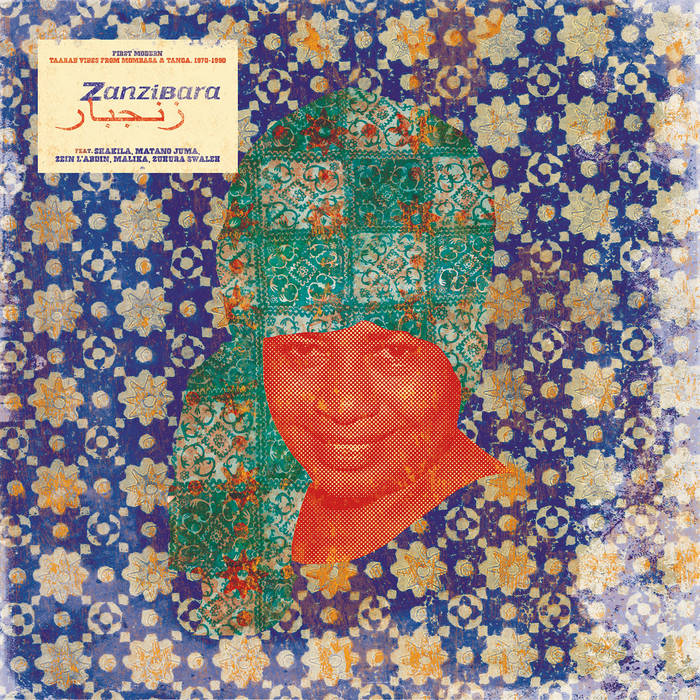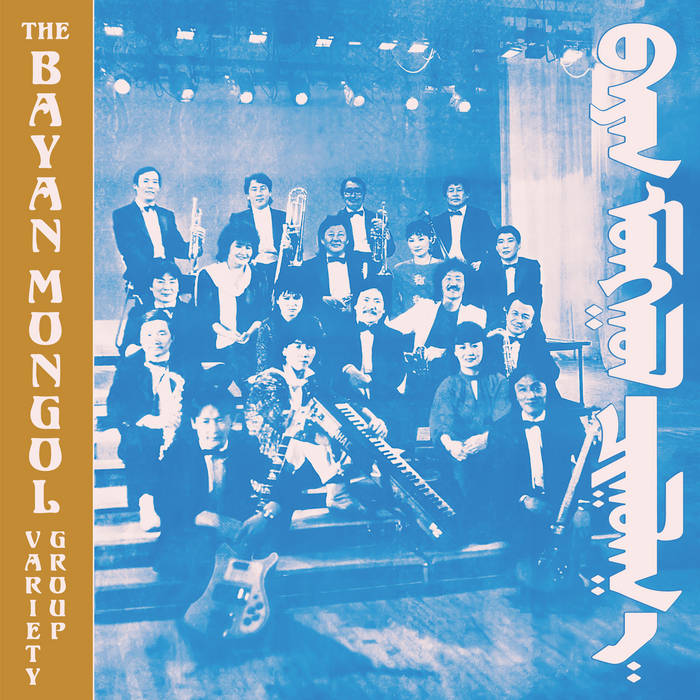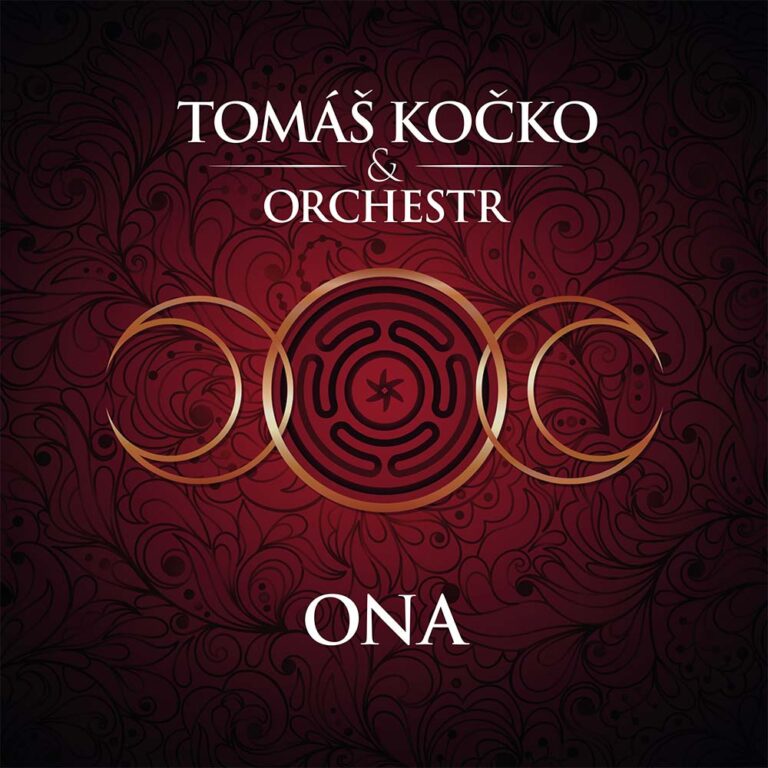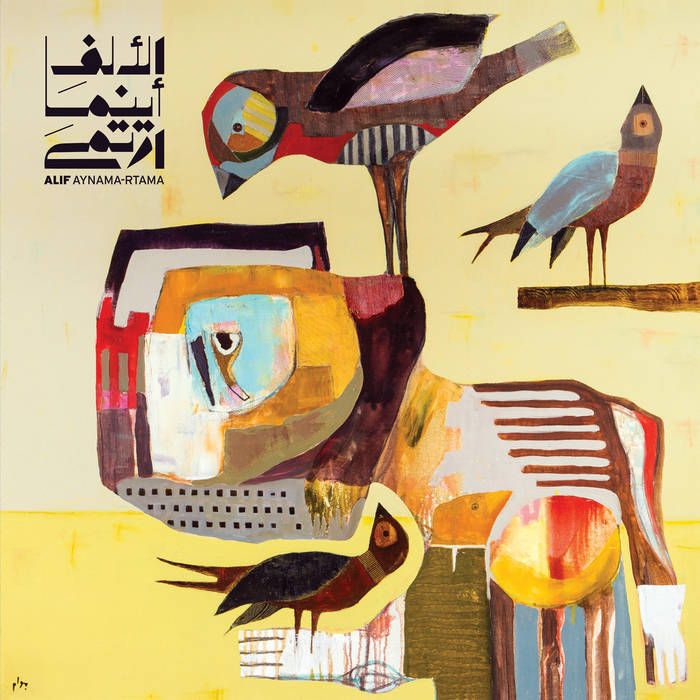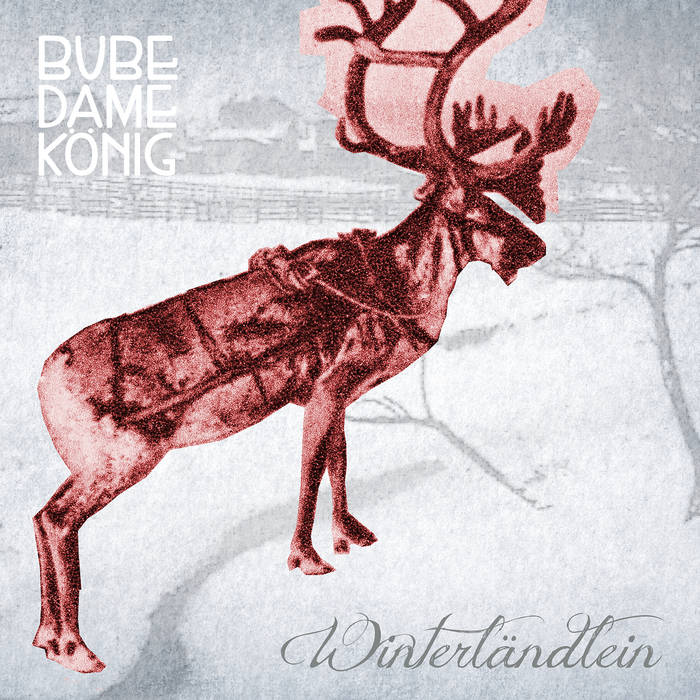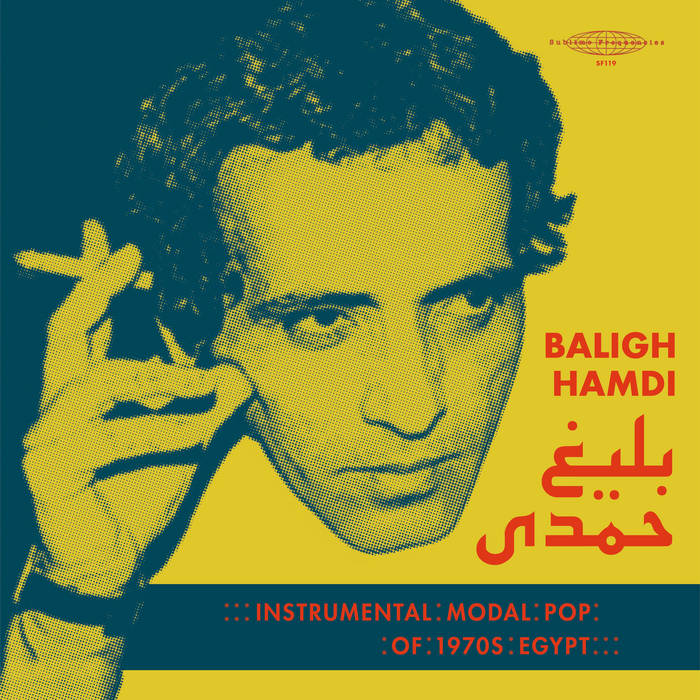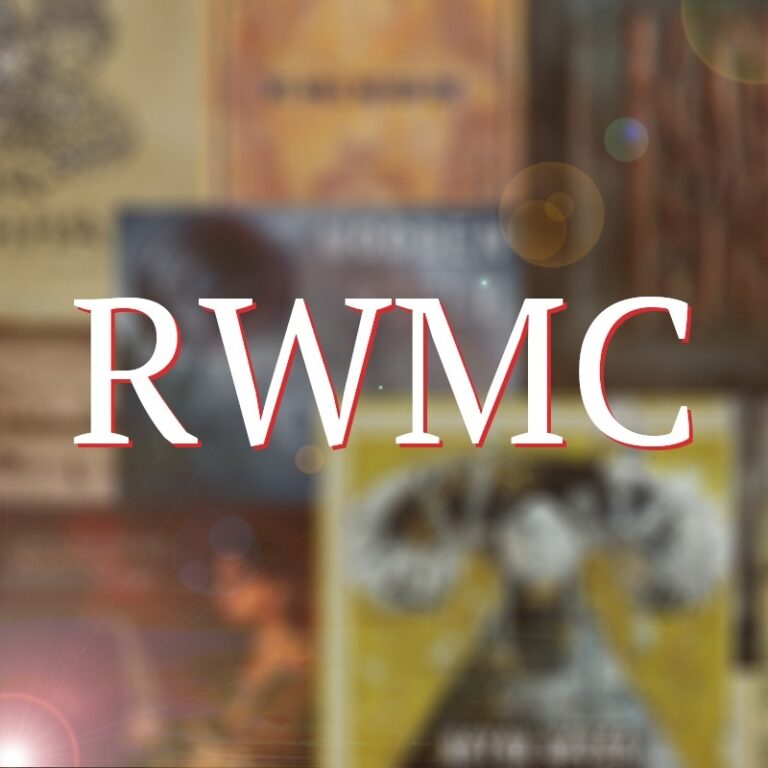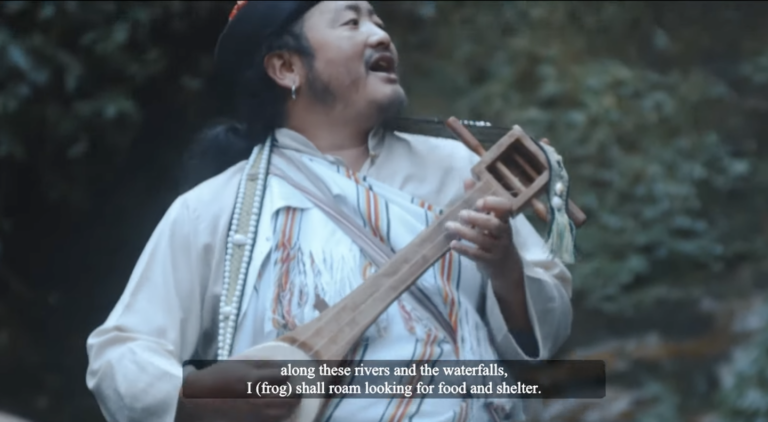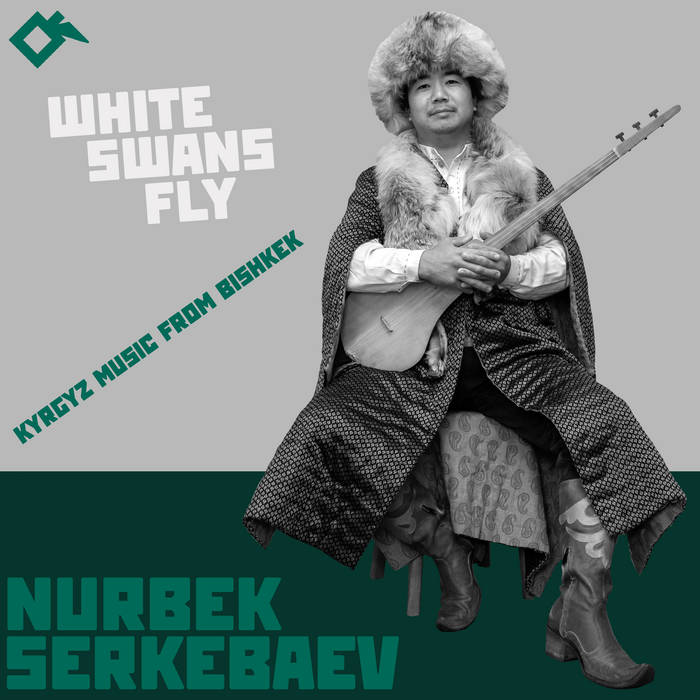It’s so good to see the inestimable Buda Musique take the modern route and make some of the treasures of their back catalog accessible, not only digitally, but on fine vinyl and CD editions. This compilation brings together a collection of artists from the towns of Mombasa and Tanga, in Continue Reading
World Music
The Bayan Mongol Variety Group – The Bayan Mongol Variety Group
From Discogs.com and Light In The Attic Records: The Bayan Mongol Variety Group existed from the early ’70s to the late ’80s. After the collapse of the USSR, the ensemble began to experience serious difficulties with funding and booking concerts, and finally disintegrated, after which the participants lost contact with each Continue Reading
Tomáš Kočko Orchestr – Ona
The Tomáš Kočko Orchestr are one of the great musical treasures of my new home city of Brno. They band mixes true Moravian folk music, including some melodies with pre-Christian roots (so, at least a millennium of music here), world music and even touches of metal to great effect. The Continue Reading
Alif – Aynama-Rtama
I trust you, my friends, had a lovely Gregorian-Calendar Boxing Day. I spent mine listening to a Lebanese experimental band called Alif. At least as the liner notes on their Bandcamp site explain, it looks to be a collaboration between Lebanese and Egyptian musicians, and features the talents of the Continue Reading
Bube Dame König – Winterländlein
Our dear friends at CPL-Musik released quite a gem of an album from 2016 that I am only now digging into. Bube Dame König is a German folk group which was founded in 2013. The band mixes German-language folk songs with traditional Irish and Swedish music as well as their Continue Reading
Koma Stark – Kelesho
Antonovka Records have had an astounding year releasing not only music from Russia’s hinterlands and Central Asia, but even from places like Georgia. This album documents music by Kurdish-speaking Yezidis, who suffered horribly over the past few years in places like Iraq and Syria. Koma Stark play traditional Yezidi folk Continue Reading
Baligh Hamdi – Instrumental Modal Pop of 1970’s Egypt
Sublime Frequencies never ceases to amaze me with the gems they dig up. From their Bandcamp site: Sublime Frequencies finally unleashes it’s ESSENTIAL compilation from 1970’s Egypt. Modal instrumental tracks from Baligh Hamdi – one of the most important Arabic composers of the 20th Century (writing for legends Umm Kalthum, Continue Reading
Russian World Music Chart 2021
I’m proud to have been asked to participate in helping to decide which albums would top the Russian World Music Chart. Here is a press release on this event: Russian World Music Chart 2021 Making Russian world music visible to the world In October 2021, Russia’s first world music chart, Continue Reading
Sofiyum – Kung Kung Go (I Will Spread My Wings And Fly)
I’ll be taking a day off for health reasons, but I thought I would leave you this pleasant Sunday with some music of the Lepcha people of India (also represented in Nepal). The band, Sofiyum, have a very pleasant, joyful sound, reminding me, curiously, of Celtic music. May it carry Continue Reading
Nurbek Serkebaev – White Swans Fly: Kyrgyz Music from Bishkek
Nurbek Serkebaev is a well known Kyrgyz folk musician who plays virtually all Kyrgyz traditional music instruments. The venerabl Antonovka Records have released yet another fine album of traditional music.
